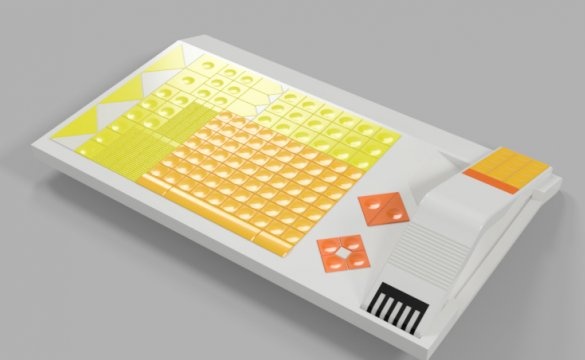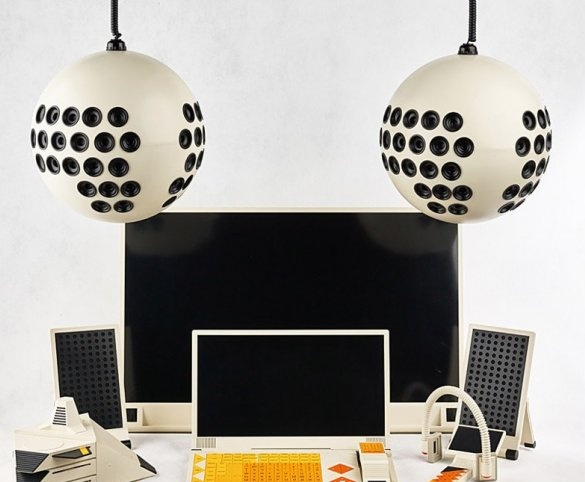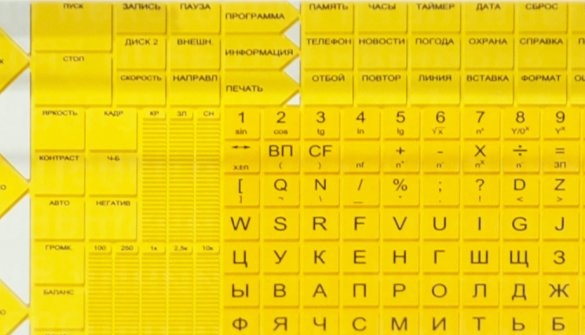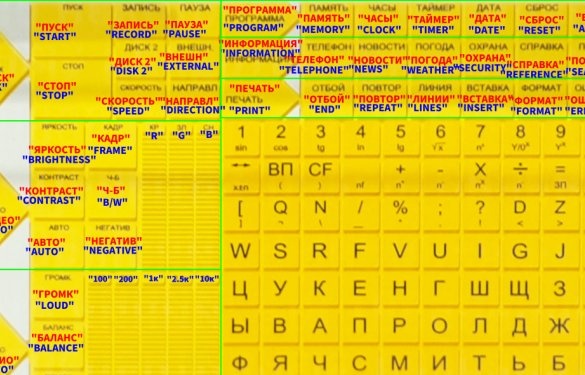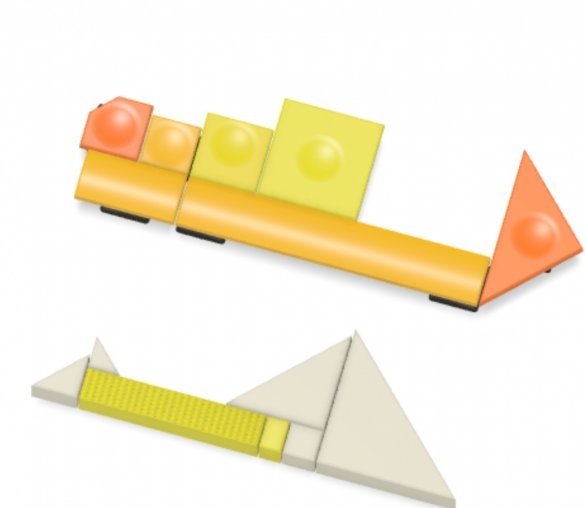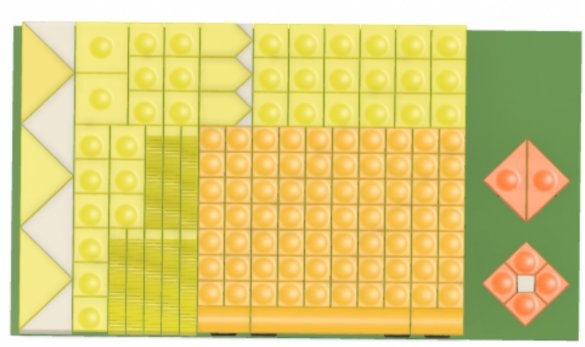Such different Soviet computers — Agat, BK, Mikrosh, and all the rest — what do they have in common? The fact that they all worked, and those instances that were lucky to remain in good condition, are working now. “Sphinx” is an exception to the rule, he never managed to earn money. And all because
The fate of the concept is not so sad. He definitely influenced the developers of modern and not so gadgets, but you did not notice it right away. By the way, concepts that have not been continued are not so rare, for example, at the same Apple company they also have. Well, the author under the nickname Nick Poole (consider the pun) decided to make a replica of the "Sphinx", and one that does not immediately, but will work, now thanks to modern components. But while he is at the very beginning of a difficult, but interesting work, which still has a very, very much ...
Over time, the wizard will recreate all the components of the Sphinx, but in the meantime he begins with the most expressive of them - the keyboard. But first, he collects information about the appearance of all devices from three sources:
1. Illustrations for publication in the journal "Technical Aesthetics" in 1987
2. Photographs taken on a smartphone of a replica of the Sphinx at the Moscow Museum of Design
3. Promotional photographs of a replica from the same museum sent to the master by the author
I will not dwell on what the Sphinx is, and what functions it would have performed if it had begun to be released - there is a lot of information on the network about this. Let me just recall that he should have looked like this:
The following is shown near the device keyboard:
Everything is read. Since the wizard speaks English, he translates the name of the keys:
Pay attention to one detail: the letters of the Latin alphabet, which have no analogues in appearance among the letters of the Cyrillic alphabet, are compactly concentrated together. Doesn’t resemble anything? Right. "Connoisseurs are investigating," the spy tramp.
And then there are slide variable resistors. Color balance and five-band equalizer.
In addition to this type of keyboard, a second one was planned, without a handset:
And such a remote control, which today, following the rule of Dieter Rams "good design - this is as little as possible", simplified to what we call a selfie stick:
Now it is no longer possible to determine which keyboard the developers planned to use in the Sphinx after switching from a layout to a real device - a mechanical or membrane one. Both types of keyboards by 1987 were already known in the USSR, membrane ones were used in several models of pocket calculators. Well, when working on the Sphinx, designers most likely did not even think about all these types of keyboards - they focused on the concept of appearance and interface. Well, the keys stuck to the layout motionless. But the master wants a replica of the keyboard that he plans to make do it yourselfcould really print. And since he prefers mechanical keyboards, he will make it just like that.
Since the quality of the photograph is quite sufficient so that a vector drawing can be made on its basis, the master compiles it:
Composes a set of keys of all different types, one for each type:
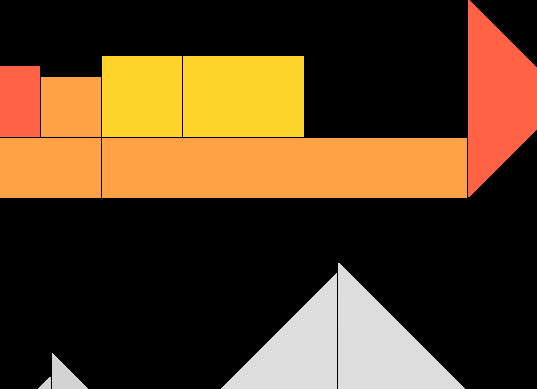
It transfers to Fusion 360, adds additional details to geometric shapes, translates into three-dimensional view:
In the same program is 3Dmodel whole set of keys:
The board that he will make when the time comes to make the keyboard operational:
And finally, the keyboard assembly:
It's only the beginning. Ahead is the most interesting, and much remains to be done. The next stage is to print on a 3D printer one key of each type. These will be models for the manufacture of silicone molds, and with their help, in turn, the master will produce as many keys as needed. This is faster and more profitable than typing all the keys.
Well, the translator recommends readers to follow the continuation of the wizard’s blog - a link to it is given below under the name "Source". This geek "series" promises to be long and interesting, but there is no spoiler for it - there is a direct report.

